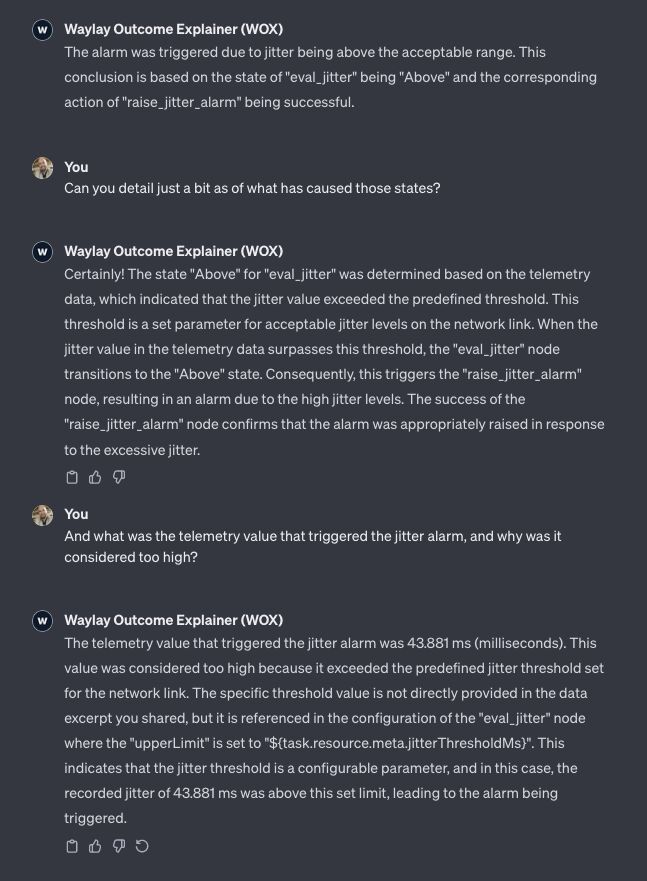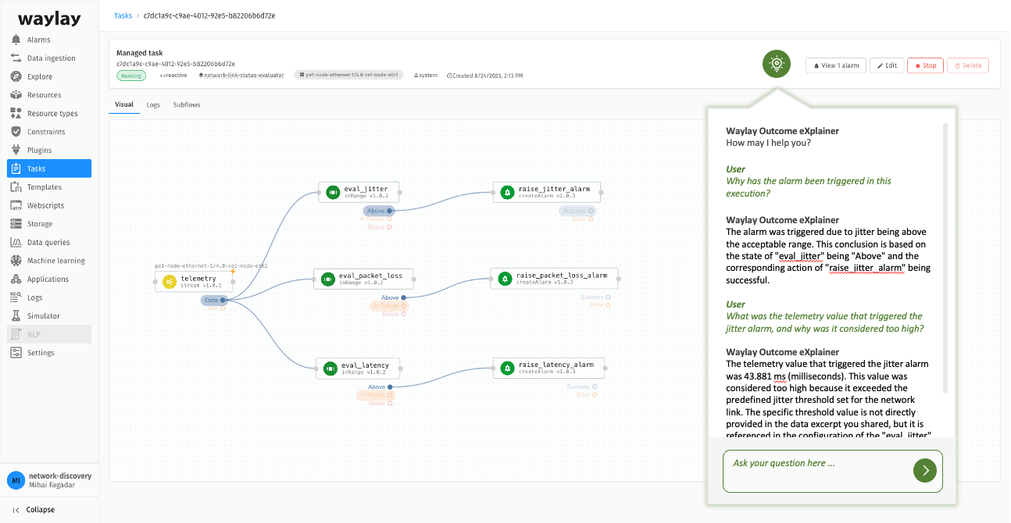Introduction
In the ever-evolving landscape of technology, the integration of artificial intelligence (AI) and machine learning (ML) has significantly transformed various industries. One area where this transformation is particularly noticeable is in the realm of troubleshooting and technical support. Traditionally, case management tools have been the go-to solution for handling these issues, but a new wave of intelligent bots, armed with machine manuals and real-time machine data, is poised to revolutionize the troubleshooting process.
Now, a new frontier emerges as Generative Artificial Intelligence (GAI) steps into the spotlight, accompanied by Natural Language Processing (NLP) bots. This dynamic duo is poised to redefine troubleshooting across diverse sectors.
The Limitations of Case Management Tools
Case management tools have been essential for organizing and tracking issues, allowing support teams to log, prioritize, and resolve problems efficiently. However, these tools often fall short when it comes to providing dynamic, real-time solutions. They heavily rely on historical cases and predefined workflows, making them less adept at adapting to unique and evolving issues.
Moreover, case management tools may lack the ability to tap into the wealth of information available in machine manuals and real-time data. As technology advances, machines generate vast amounts of data, and traditional tools struggle to harness this information effectively to expedite troubleshooting.
The Emergence of Intelligent Bots
Intelligent bots, powered by GAI, are changing the game in troubleshooting. These bots are designed to seamlessly integrate machine manuals and continuously updated real-time machine data into their decision-making process. By doing so, they can analyze and understand the complexity of a problem more comprehensively than conventional case management tools.
Machine manuals provide a wealth of information on how a device or system is intended to operate. Bots leverage this knowledge to identify potential issues and suggest solutions, drawing on a vast repository of troubleshooting techniques. Real-time machine data further enhances their capabilities, allowing them to adapt quickly to changing conditions and provide solutions based on the most up-to-date information.
The Transformative Impact of Intelligent Bots
The transformation brought about by intelligent bots in troubleshooting extends beyond a single industry, impacting various sectors such as manufacturing, field operations, telecoms, utilities, and financial services. Let's explore how these industries can benefit from the integration of GAI-powered bots in their respective domains:
Manufacturing
Predictive Maintenance: Intelligent bots can analyze real-time machine data to predict equipment failures and recommend preventive maintenance. This leads to reduced downtime, increased productivity, and cost savings.
Quality Control: Bots can enhance quality control processes by continuously monitoring production data and identifying deviations from set standards. This ensures that defects are detected and rectified promptly, improving overall product quality.
Efficient Supply Chain Management: Automation in troubleshooting can streamline supply chain operations. Bots can monitor inventory levels, detect issues in logistics, and optimize supply chain processes for better efficiency and cost-effectiveness.
Field Operations
Remote Diagnostics: Intelligent bots can remotely diagnose equipment issues by analyzing real-time data from field devices. This reduces the need for on-site visits, saving time and resources in field operations.
Workforce Productivity: Bots can assist field technicians by providing step-by-step troubleshooting guidance based on machine manuals and historical data. This enhances the efficiency of field operations and contributes to faster issue resolution.
Safety Compliance: By continuously monitoring real-time data for safety parameters, bots can help ensure that field operations comply with safety standards. This proactive approach minimizes the risk of accidents and improves overall workplace safety.
Telecoms
Network Optimization: Bots can analyze real-time data from telecom networks to identify and address issues such as network congestion, downtime, or performance degradation. This leads to improved network efficiency and enhanced service quality.
Customer Support: Intelligent bots can provide immediate troubleshooting assistance to telecom customers, resolving common issues without the need for human intervention. This contributes to a better customer experience and faster problem resolution.
Utilities
Grid Management: Bots can analyze real-time data from utility grids to detect anomalies, optimize energy distribution, and predict potential failures. This contributes to a more reliable and efficient utility infrastructure.
Environmental Monitoring: Intelligent bots can monitor environmental factors in real-time, helping utilities comply with environmental regulations and take prompt action in case of any deviations.
Resource Optimization: Bots can optimize the use of resources such as water and electricity by analyzing consumption patterns and suggesting efficiency measures. This leads to reduced waste and cost savings for utility companies.
Financial Services
Fraud Prevention: Bots can analyze transaction data and customer behavior to detect unusual patterns indicative of fraud. This proactive approach helps financial institutions prevent fraudulent activities and protect their customers.
Customer Support: In the financial services sector, intelligent bots can assist customers with common issues, such as transaction disputes, account management, and technical glitches. This improves overall customer satisfaction and frees up human agents for more complex tasks.
Compliance Monitoring: Bots can continuously monitor financial transactions for compliance with regulatory requirements. This ensures that financial institutions adhere to industry standards and avoid potential legal issues.
Building the holistic support system with Waylay - powered by GAI
At Waylay, we believe that our automation technology is the right building ingredient to achieve this goal. Waylay’s rules engine is built on top of causal DAG (Patent US20160125304), where a discrete belief propagation network is abstracted at the level to which humans tend to think about automation problems. If these sets of states or these conditions are met, then, proceed with the next task. This feature enables Waylay automation rules to be explainable to humans in a very simple and intuitive way.
In this instance, our objective was to assess the degree of human interpretability inherent by Waylay’s automation. The excerpt below showcases a segment of our dialogue with a Waylay chatBot, where the chatBot articulates the rationale behind a specific event, namely the triggering of an alarm due to jitter measurement:

Here is the same use case, but this time the bot is embedded inside the Waylay Console.

Conclusion
The future of troubleshooting lies in the hands of intelligent bots that seamlessly integrate machine manuals and real-time machine data. As technology continues to advance, organizations must embrace these innovative solutions to stay competitive in a rapidly evolving landscape. The shift from traditional case management tools to intelligent bots signifies a paradigm change in how technical support is delivered, offering faster, more adaptable, and cost-effective solutions to the complex challenges of modern technology.













